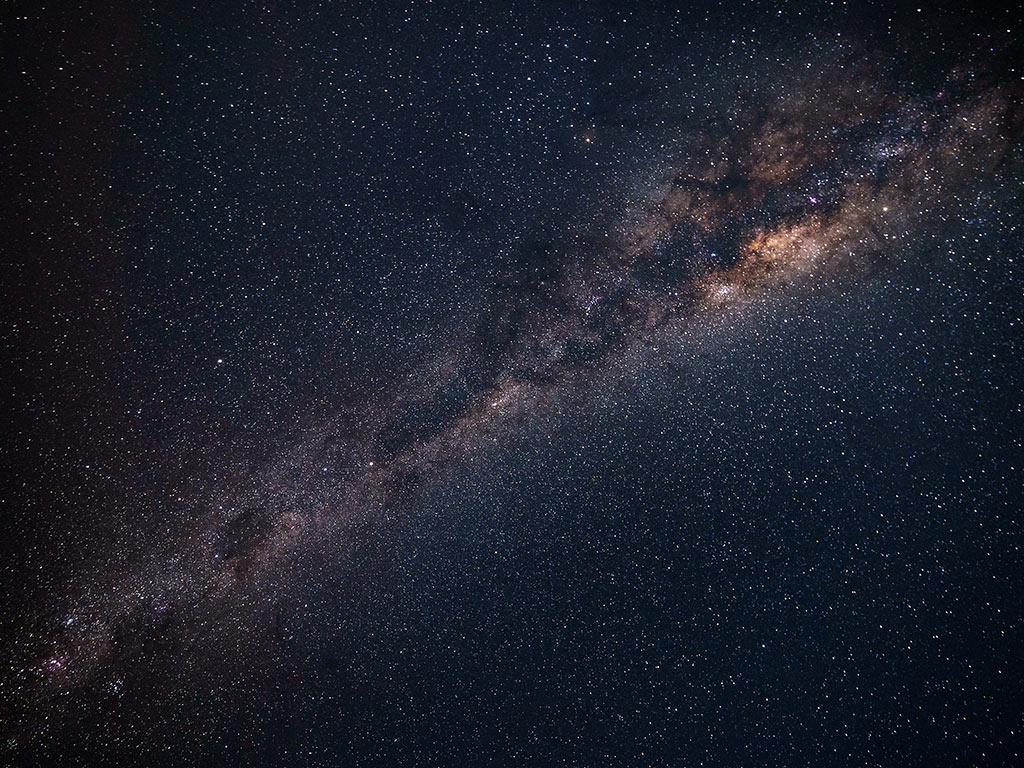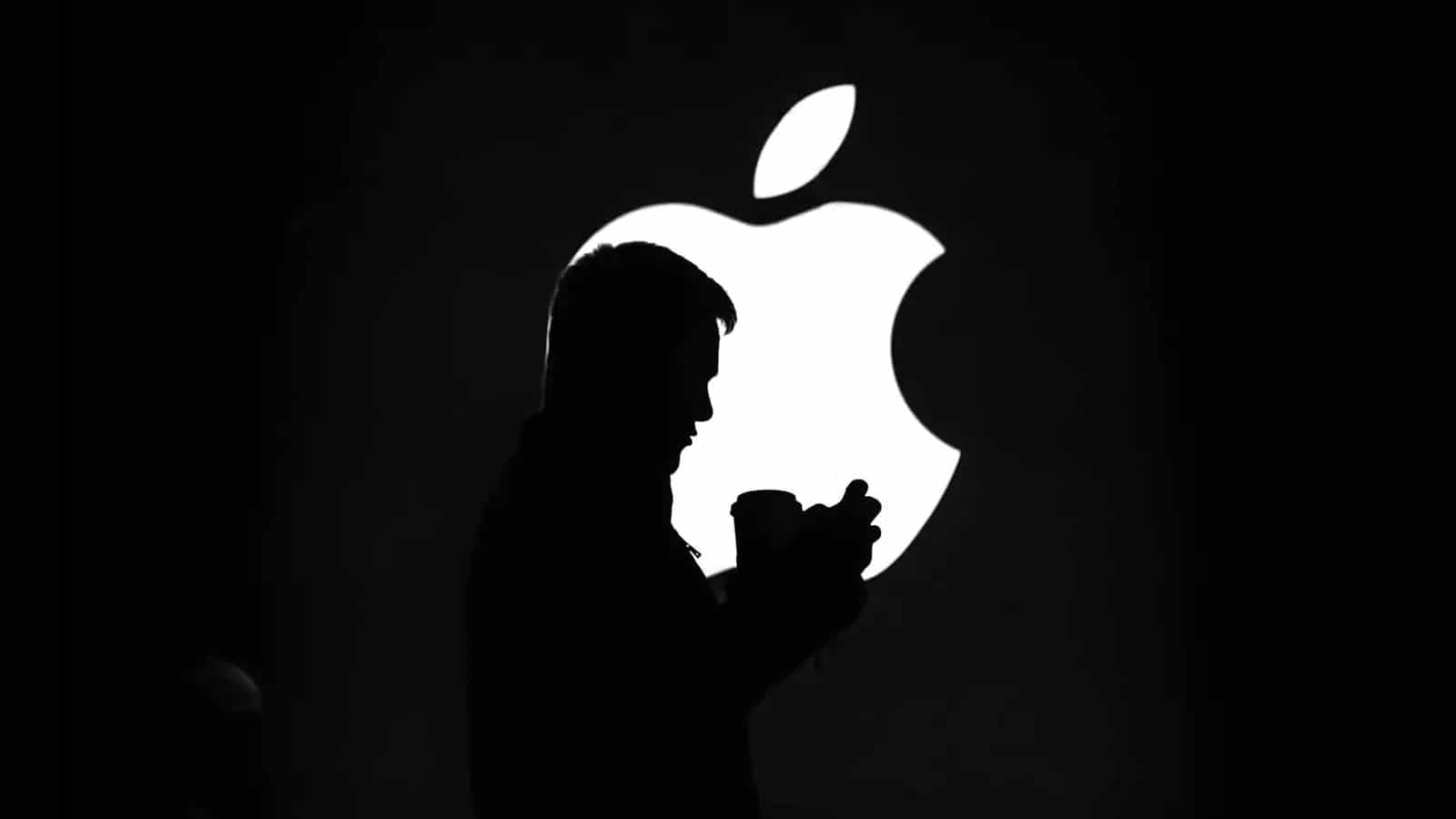Inventors from the Southwest Research Institute (SwRI) in Texas have outlined in a patent application designs for an inflatable space telescope. The design is a simple yet advanced technology that can be brought off-planet in a convenient package.
![An inflatable space telescope featuring a flexible reflector [601] and a membrane [602] behind it, which is attached to an electrode grid [603]. Curvature sensors [65] inside the telescope unit helps in shaping the reflector.](https://parolaanalytics.com/wp-content/uploads/2021/08/An-inflatable-space-telescope-featuring-a-flexible-reflector.jpg)
An inflatable space telescope featuring a flexible reflector [601] and a membrane [602] behind it, which is attached to an electrode grid [603]. Curvature sensors [65] inside the telescope unit helps in shaping the reflector.
SwRI describes a telescope attached to the end of a much larger inflatable hull, made of flexible film. When filled with pressurized gas, the hull expands and looks similar to a hot air balloon, with its generally conical lower portion and generally hemispherical upper portion.
The two portions serve different purposes. The hemispherical part may serve as a solar barrier by having one or more layers of thin metalized film. This keeps the telescope from picking up unwanted radiation, likely when the balloon’s crown is pointed at the sun. Instead, it is through the transparent conical portion where electromagnetic waves from more distant celestial objects enter.
Once inside the balloon, the way-out signals are beamed into the telescope by a reflector, installed between the hull’s two portions. Since these parts are inflatable at different pressures, the reflector can be manipulated to take on a spherical or parabolic shape, focusing the electromagnetic waves as needed. SwRI says an inflation system handles these changes. The hull may also feature an optional membrane and electrode grid behind the reflector to carry out shape adjustments.
Before the telescope can generate images, electromagnetic waves go through a receiver, which has the optics for focus correction. This component allows the invention to sense faint signals from far-flung sources.
The renowned Hubble Space Telescope, launched in 1990 and still in operation to this day, also uses reflective techniques to gather data from deep space. Inside, light bounces between two mirrors, the larger being 7.8 feet in diameter. The reflector in SwRI’s inflatable telescope serves an equivalent function, which is collecting and focusing radiation. But there are also key differences between these two pieces of extraterrestrial technology.
Firstly, the patent application notes the inflatable hull’s capacity for a reflector is even bigger than Hubble’s primary mirror. This means the SwRI telescope, or implementations similar to it, have the potential to see even farther than 13.4 billion light-years, NASA’s record from 2016. Given the way light, space, and time works, Hubble’s images of the infant galaxy GN-z11 are from 13.4 billion years ago, just 400 million years after the Big Bang. More powerful telescopes could be the key to revealing cosmic scenes from near the birth of our universe.
SwRI’s patent application also emphasized how inflatable telescopes are less expensive, not only to manufacture but also to launch. Since much of the assembly can be tightly packed into a small canister that still has a lower mass, the telescope can be deployed via smaller, less expensive launch vehicles.
For comparison, the Hubble Telescope cost $1.5 billion to launch three decades ago—over $3.1 billion in 2021 when adjusted for inflation. Likewise, maintenance operations and repairs have cost the U.S. additional billions of dollars. Five of these servicing missions were carried out in total, the last being in 2009, two years before NASA ended its space shuttle program. Literally left to its own devices, Hubble continues to orbit Earth and enable unprecedented astronomical discoveries, despite the occasional hardware hiccup. Hubble’s successor and NASA’s newest flagship observatory, the James Webb Space Telescope, already cost at least $10 billion before its launch, currently scheduled for October 31, 2021.
The telescope proposed by SwRI, one of the oldest and largest applied R&D nonprofits in the U.S., is part of a new wave of space inflatables that can be ten times less expensive yet just as, if not, more powerful than their glass-and-metal counterparts. It shows how deceptively simple technologies are born out of decades worth of effort.
The featured patent application, “Large Reflector Inflatable Space-Based Telescope”, was filed with the USPTO on January 15, 2020 and published thereafter on July 15, 2021. The listed applicant is Southwest Research Institute. The listed inventors are William Dean Perry and Ira Steve Smith, Jr.






